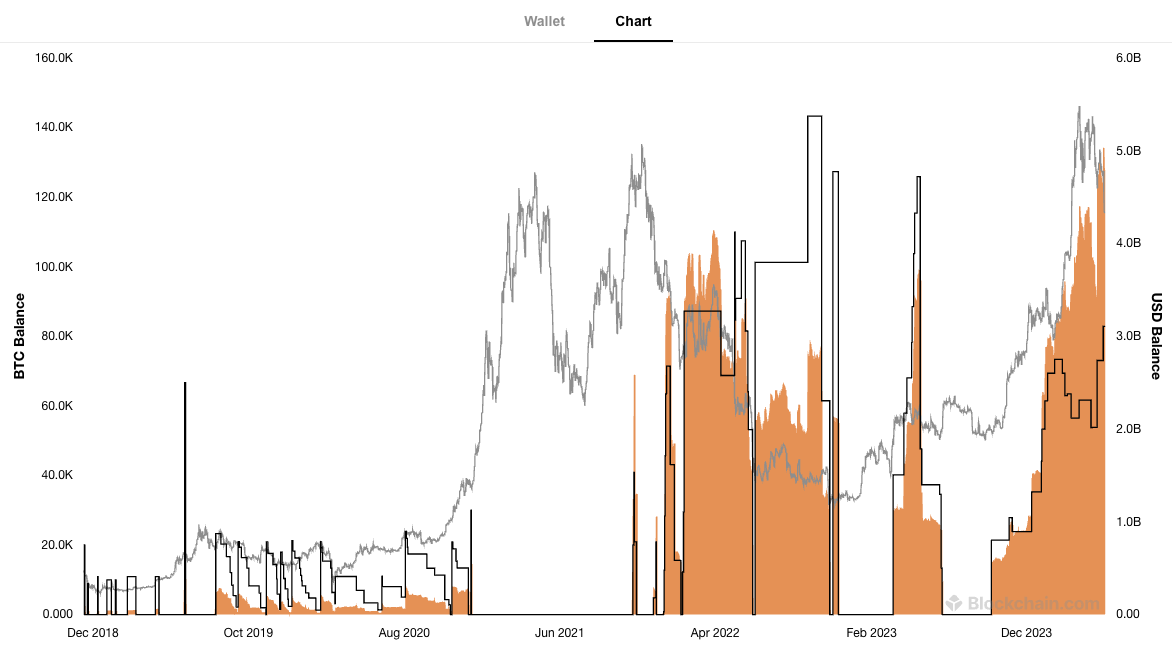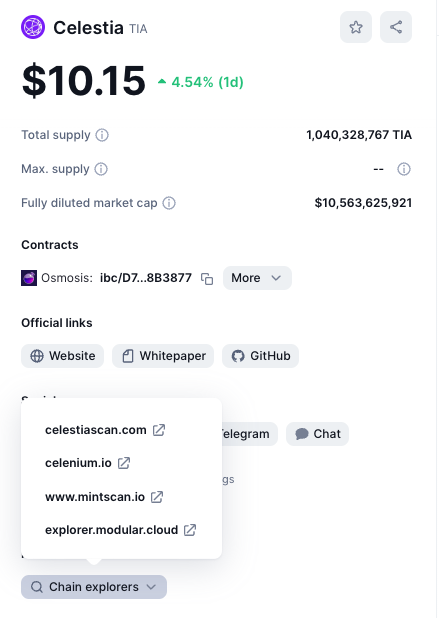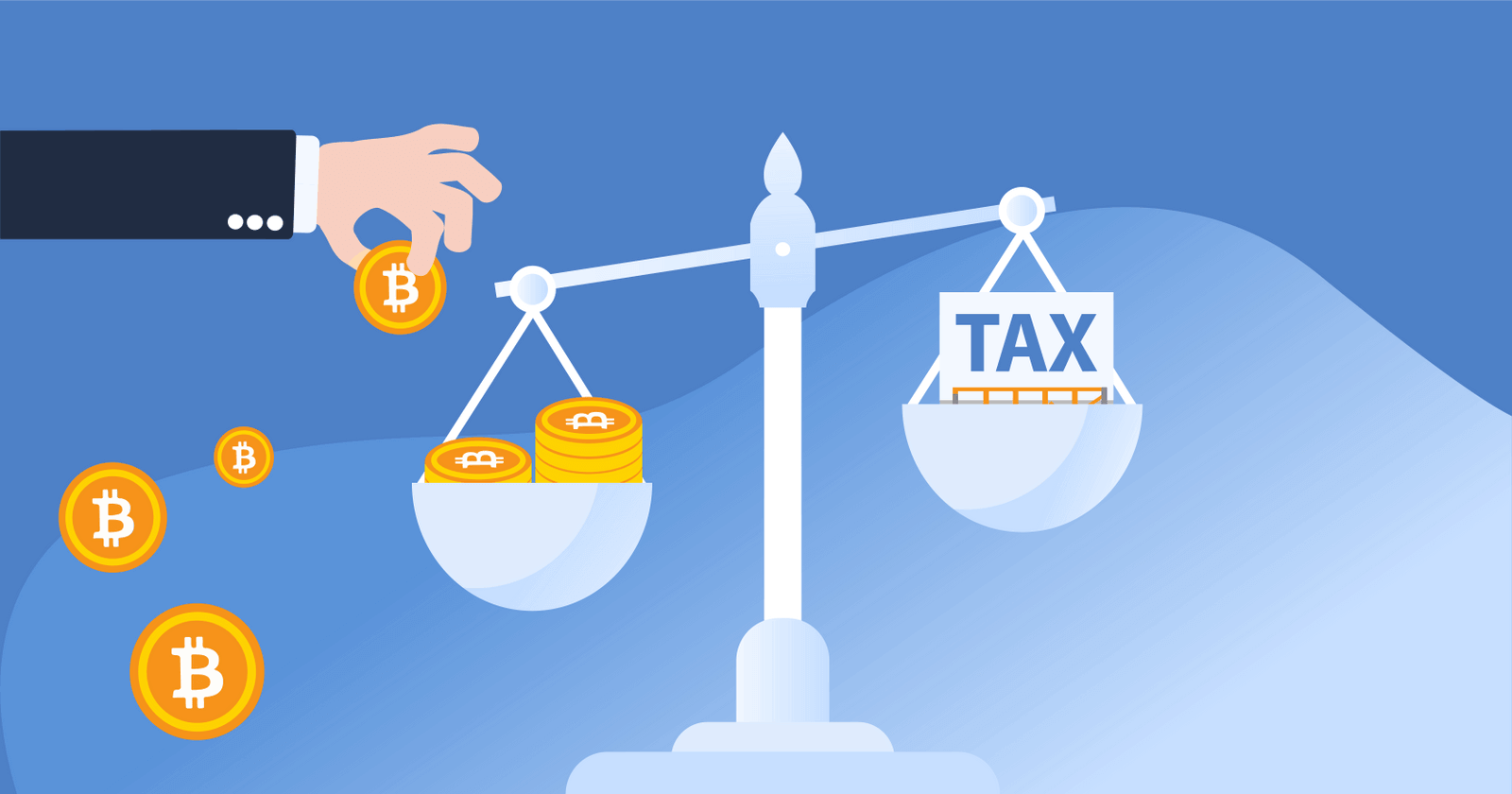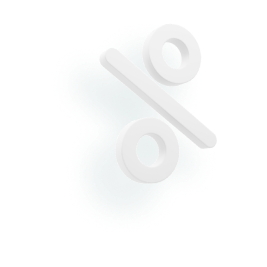.jpg)

Key Takeaways
- Blockchain explorers make it easy to see all the transactions associated with your wallet.
- Each blockchain has its own associated blockchain explorer. Top blockchain explorers include Blockchain.com for Bitcoin and Etherscan for Ethereum.
Let’s break down everything you need to know about blockchain explorers — including how they work and the best options for cryptocurrency investors.
Why use a blockchain explorer?
.jpeg)
Blockchains like Bitcoin and Ethereum are designed to be transparent — so that anyone can view transactions and wallet balances!
While cryptocurrency data can be hard to read, blockchain explorers are designed to be user-friendly. They can be a helpful tool if you have the following questions:
- How much crypto do I have in my wallets?
- What transactions have I made in the past?
- How much did I pay in gas fees?
- Did my transaction get confirmed by the blockchain?
How to use a blockchain explorer
Using a blockchain explorer is straightforward. Let’s use Blockchain.com as an example.
- Enter the transaction ID or wallet address you want to explore, then type it into the search bar. In this example, we’ll use a Bitcoin wallet.

- Now, you’ll be able to see details about the wallet — including wallet balance, total number of transactions, and transaction history. The top section shows an overview of the wallet — including its total balance and the total amount of cryptocurrency that it holds.

- The bottom section shows all the transactions the wallet has made in the past — including information like the date the transaction was made, the fair market value of the transaction, and relevant fees.

- Blockchain explorers like Blockchain.com also have a ‘Charts’ or ‘Analytics’ tab, which allows you to see the value of the wallet over time.

How do blockchain explorers work?
Blockchain explorers interact with the blockchain's publicly-available data layer — making it easy to sort through wallets, transactions, and blocks. They have up-to-date data on blockchain transactions — with information dating back to the first block on the first blockchain!
How can I make money with a blockchain explorer?
Blockchain explorers can be a helpful tool to conduct on-chain analysis — or in other words, use cryptocurrency data to predict future price movements. Let’s walk through some of the ways that on-chain analysts use blockchain explorer data to make predictions.
Transaction volume: The simplest way to perform on-chain analysis using a blockchain explorer is to simply see whether transaction volume for a blockchain is going up or down. You can usually find this information on the blockchain explorer’s homepage.
Analyze whale behavior: ‘Whales’ are investors who hold a large amount of cryptocurrency. Some analysts will use on-chain data to better understand whether ‘cryptocurrency whales’ are buying, selling, or holding certain cryptocurrencies.
Understand holding patterns: On-chain analysis can be used to determine what type of investors are holding crypto. For example, on-chain analysis has found that BTC seems to be accumulating with ‘diamond handed’ investors — wallets who tend not to sell their BTC.
It’s important to note that it may be overwhelming to use blockchain explorers to perform on-chain analysis since you can only look at one wallet at a time. Dashboards like Dune Analytics may allow you to better understand user data on the aggregate since they allow you to look at metrics across the entire blockchain.
Top Blockchain Explorers
Different blockchains have specific explorers best suited for them:
Don’t see the blockchain you’re interested in? If you’re interested in finding a blockchain explorer, you can check out the blockchain you want to explore on sites like CoinMarketCap or CoinGecko, then click on the section labeled ‘Chain explorers’:

How to find unconfirmed transactions on a blockchain explorer
Blockchain explorers can be a helpful tool to find out if your transactions were unconfirmed — or in other words, not validated by the blockchain. You can use the following steps:
- Find the transaction ID (usually can be found in your wallet).
- Type in the ID into your blockchain explorer.
- The explorer provides the current status of the transaction, indicating whether it is confirmed, pending, or failed.
Are blockchain explorers safe to use?
Blockchain explorers are safe to use.
Remember, your public wallet address is completely safe to share. All the data that can be seen in your wallet address is already visible to the public.
The only way a hacker can get access to your wallet is through your private keys. To avoid a hack, keep your private keys in a safe place.
Frequently asked questions
- What is the best block explorer?
Because different blockchain explorers are designed for different blockchains, the ‘best’ explorer for you may vary based on the blockchain you’re interested in.
- What is a confirmed transaction in a blockchain explorer?
A confirmed transaction has been verified by the network and added to the blockchain, visible and recorded on the explorer.
- How do I see all transactions on a blockchain?
Blockchain explorers allow you to see all transactions on a blockchain — dating all the way back to the first block!
- What is the best Bitcoin blockchain explorer?
Blockchain.com is the best tool for tracking Bitcoin transactions.
How we reviewed this article
All CoinLedger articles go through a rigorous review process before publication. Learn more about the CoinLedger Editorial Process.

CoinLedger has strict sourcing guidelines for our content. Our content is based on direct interviews with tax experts, guidance from tax agencies, and articles from reputable news outlets.






























%20(1).png)





.png)
















